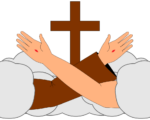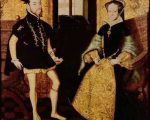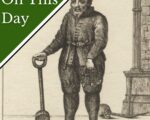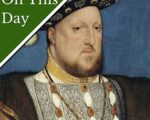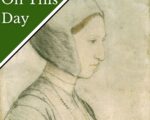
On this day in Tudor history, 6th July 1570, in the reign of Queen Elizabeth I, Margaret Clement (née Giggs), wife of John Clement and adopted daughter of Sir Thomas More, died in Mechelen where she and her husband had gone into exile. Margaret was buried in the Cathedral of St Rumbald.
In 1535, in his final letter, written to his daughter, Margaret Roper, before his execution, Sir Thomas More mentioned Margaret Clement. He wrote “I send now unto my good daughter Clement her algorism stone and I send her and my good son and all hers God’s blessing and mine.” An algorism stone being a devise for helping with arithmetic. It was obviously a keepsake he wanted her to have.
[Read More...]


